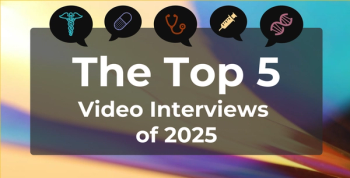
Why a Patient With Multiple Myeloma Might Decline Stem Cell Transplant: Mansi Shah, MD

Financial, family, and logistical challenges often lead patients to choose ongoing therapies over stem cell transplantation, says Mansi Shah, MD.
Autologous stem cell transplant remains a key first-line option in
Shah
This transcript has been lightly edited; captions were auto-generated.
Transcript
Why might a patient with multiple myeloma choose not to undergo stem cell transplantation?
It's the downtime; it's the potential toxicity. Not every institution is able to do a stem cell transplant outpatient. On average, at our institution, I counsel patients that they will be admitted for about 2 [to] 2-and-a-half weeks, and then they’re still immunocompromised after the fact. Typically, that immune reconstitution can take anywhere from 2 to 3 months after a stem cell transplant.
If they're the primary financial breadwinner of their family, that's tough. They might need someone to be their caregiver in that time period. Especially for young patients who are just starting families and/or have young families, this is a very difficult thing for them to get through. Sometimes patients prefer a longer therapy that might be ongoing just so they don't have this little downtime, and then they can't deal with the time off from work or afford it financially or have the caregivers.
It's a similar kind of restraint with CAR T where at least for the first 30 to 60 days, patients are limited—they're not able to drive because of the potential neurotoxicities. But I do think in terms of the myelosuppression, or effect on the blood counts and on organs, CAR T is a little bit better tolerated than a stem cell transplant.
Newsletter
Stay ahead of policy, cost, and value—subscribe to AJMC for expert insights at the intersection of clinical care and health economics.







































